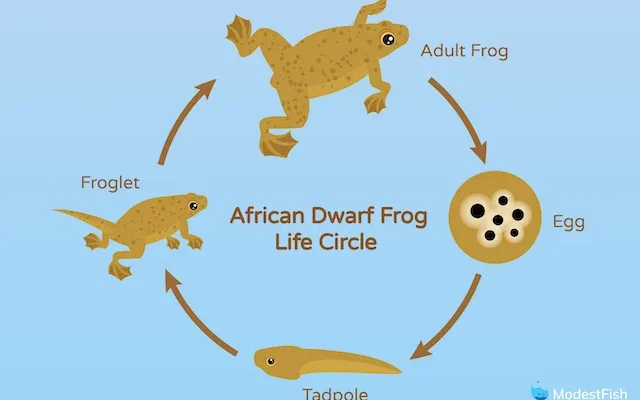How to Take Care of an Aquatic Frog

Aquatic frogs are fascinating and enchanting creatures that make great pets for enthusiasts and first-time owners alike. They are generally low-maintenance and can coexist harmoniously with various types of fish in a well-designed aquatic habitat. This article will guide you through the steps required to create and maintain a healthy and thriving environment for your aquatic frog companions.
1. Choose the Right Habitat
When it comes to selecting a suitable tank for your aquatic frog, it is crucial to consider both size and shape. A 10-gallon aquarium is an excellent starting point, as this size typically allows one or two frogs to thrive. A larger tank may be required if you plan on introducing more frogs or other species such as fish or snails.
Opt for a horizontal aquarium with ample floor space, as aquatic frogs are not strong swimmers and prefer spending most of their time on the bottom.
2. Set Up the Habitat
Setting up the ideal environment is vital for your frog’s wellbeing. First, add a gravel substrate to the bottom of the tank, which will create a suitable surface for resting on and burrowing into. Ensure the gravel pieces are large enough to prevent ingestion.
Next, choose appropriate decorations that simulate a natural ecosystem; artificial plants and hiding spots work perfectly well, providing your aquatic frog with cover, comfort, and security.
Keep in mind that temperature plays a huge role in your frog’s habitat. Utilize a tank heater to maintain an appropriate temperature range between 72-78° F (22-25° C). A filter system aids in oxygenating the water while managing waste – essential factors in maintaining clean water for your pet.
3. Feeding Your Aquatic Frog
A balanced and varied diet helps ensure proper health and prevents nutrient deficiency-related issues. In general, aquatic frogs eat live or frozen insects such as bloodworms, brine shrimp, and blackworms, as well as commercially available pellet food. Feed your frog daily or every other day, depending on the species – African Dwarf Frogs, for example, need regular feeding while African Clawed Frogs can eat every 2-3 days.
4. Regular Maintenance
Cleaning tasks are indispensable for the health of your aquatic frog. Change 10-20% of the water weekly to keep it fresh and clean. Remove uneaten food and waste promptly to avoid polluting the habitat. Scrub the surfaces of the tank with a brush once a month to prevent algae growth.
5. Monitor Your Frog’s Health
Keep an eye on your aquatic frog for any signs of illness or stress. Luckily, these amphibians are relatively hardy when provided with the right environment and diet.
Common health concerns include:
– Red leg syndrome, characterized by reddening of the skin and lethargy
– Bacterial infections, often seen as white films on the skin
– Fungal infections manifesting through fuzzy patches
Consulting a veterinarian specializing in reptiles and amphibians is advisable if you suspect any health issues.
In conclusion, taking care of an aquatic frog can be a rewarding and fulfilling experience with proper planning and commitment. By following this comprehensive guide, you can create a healthy and stable environment for these enigmatic creatures to thrive in, allowing you both to enjoy a harmonious coexistence.






